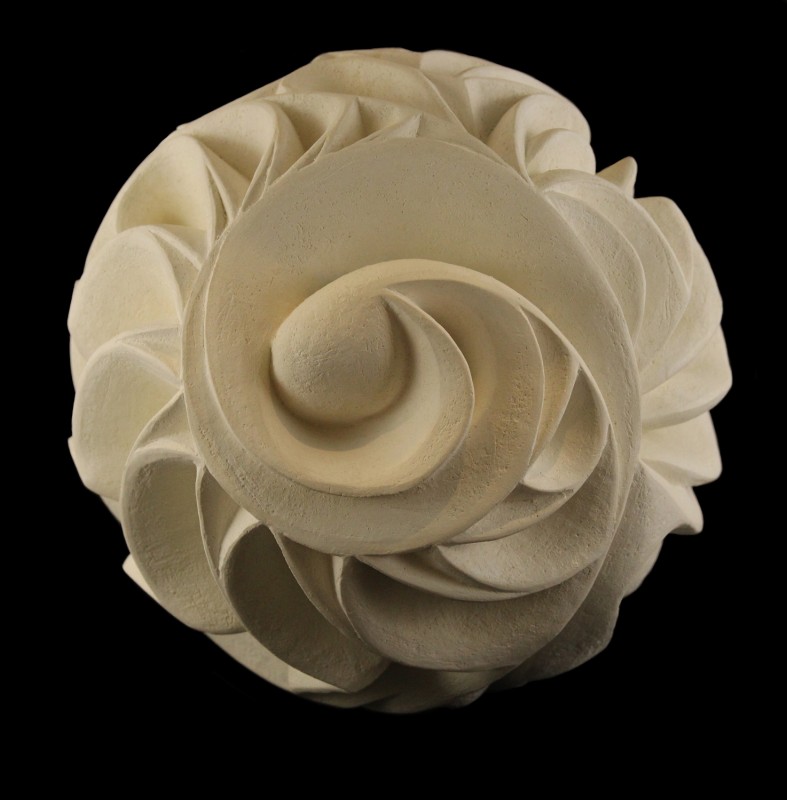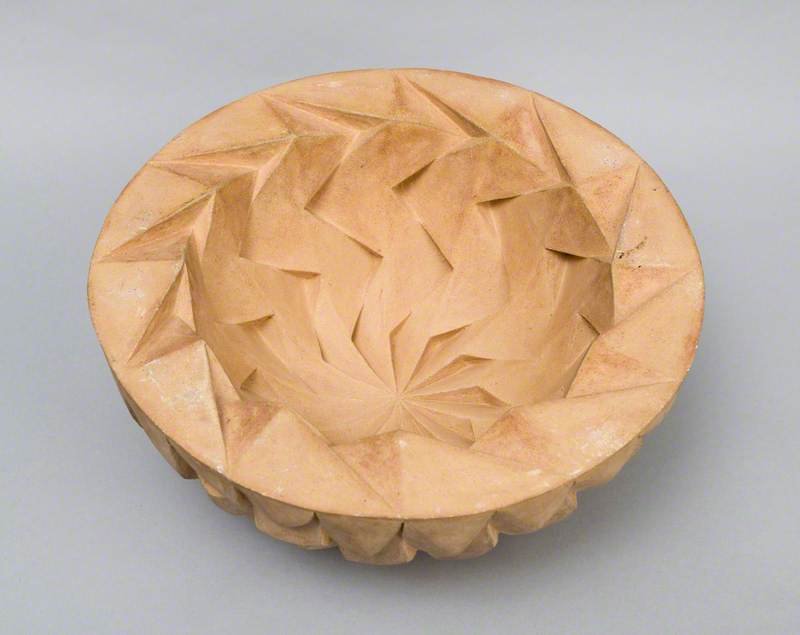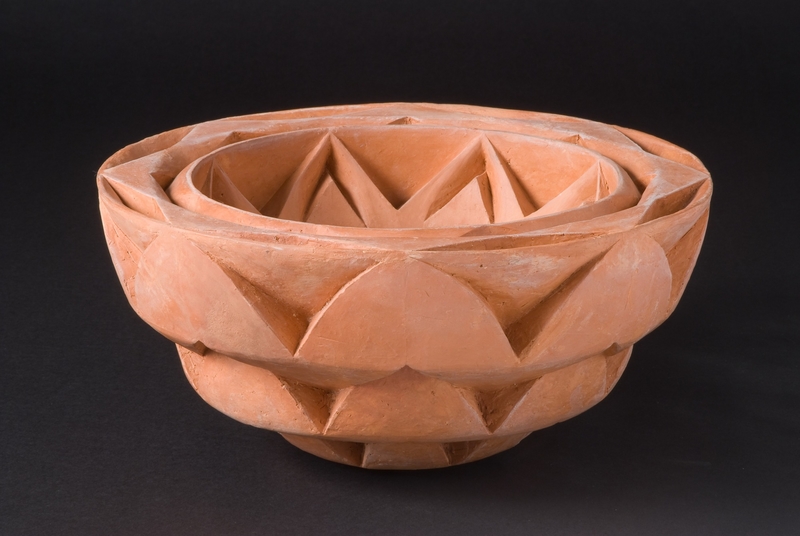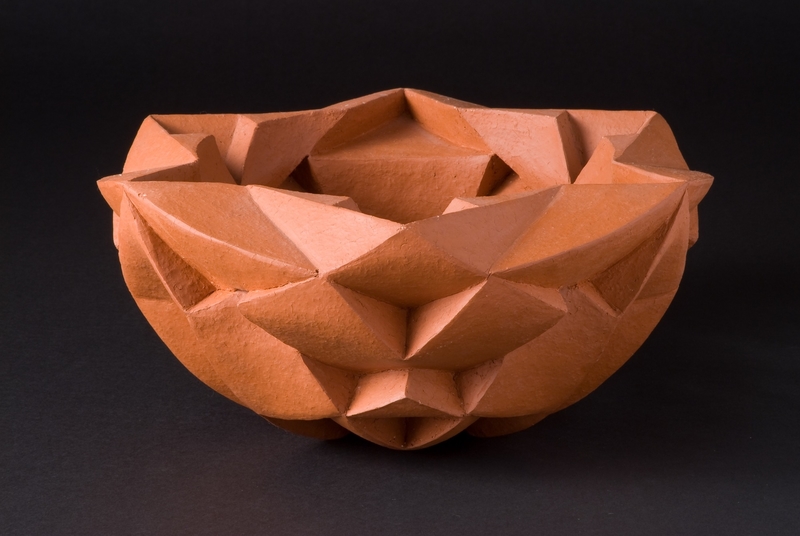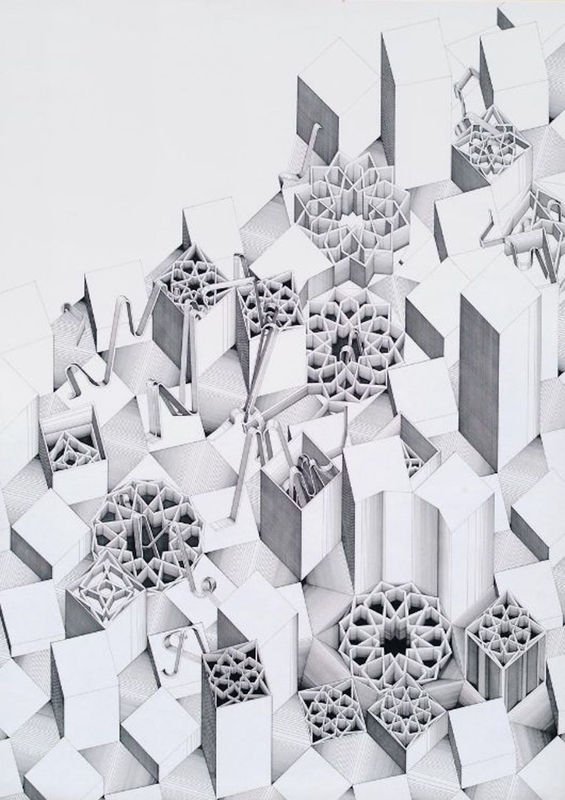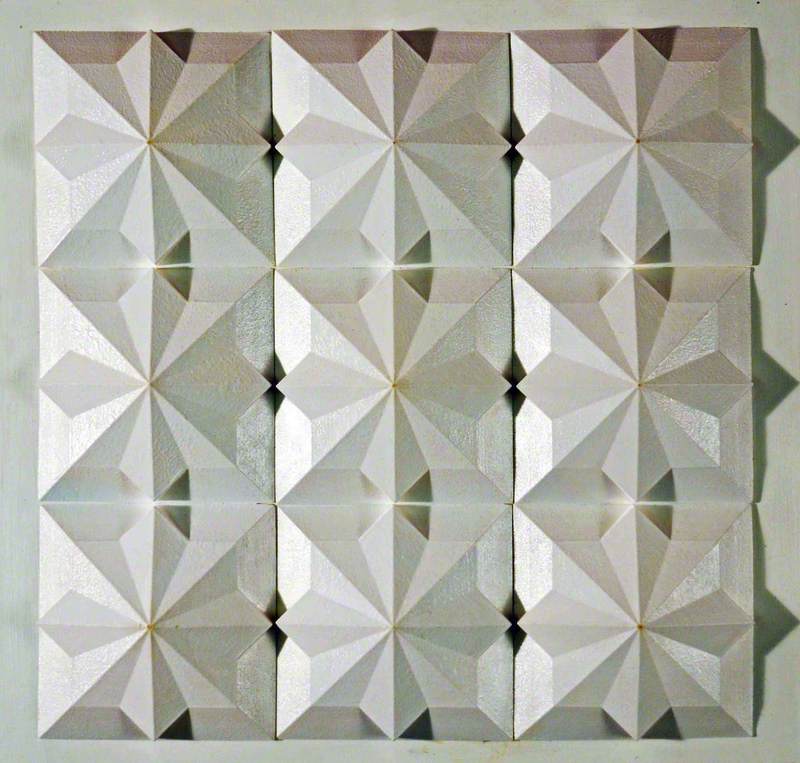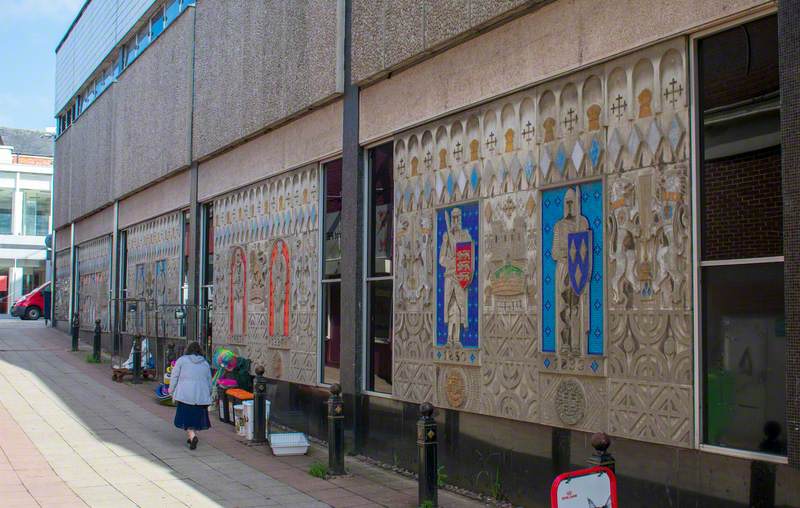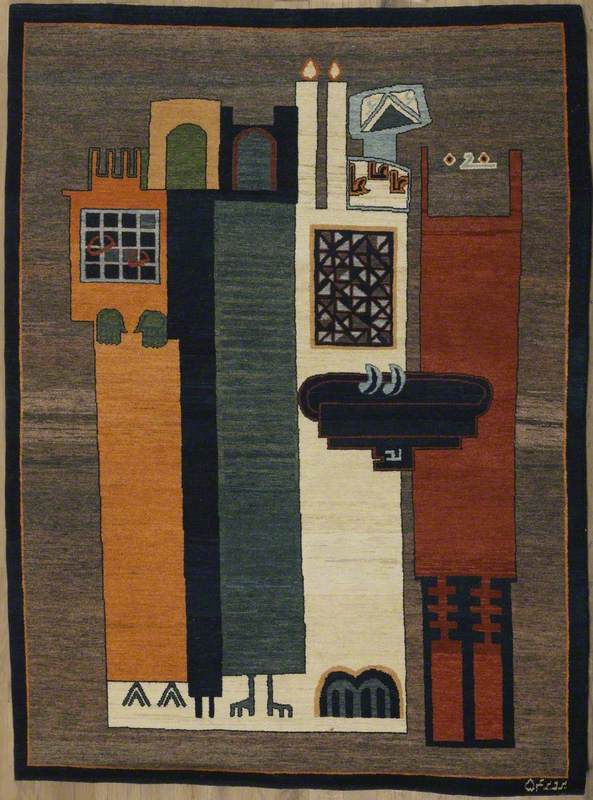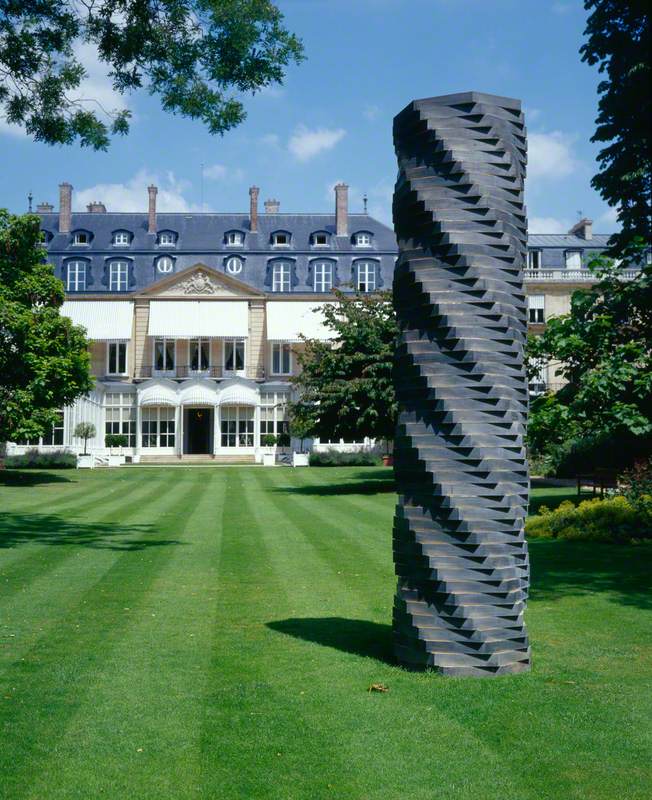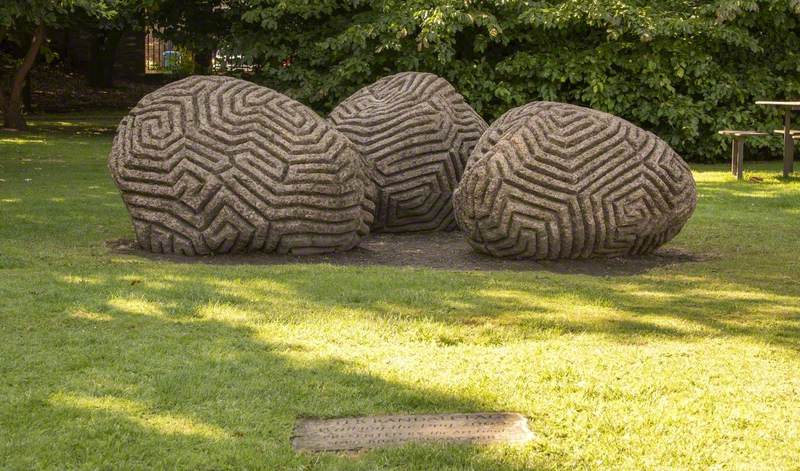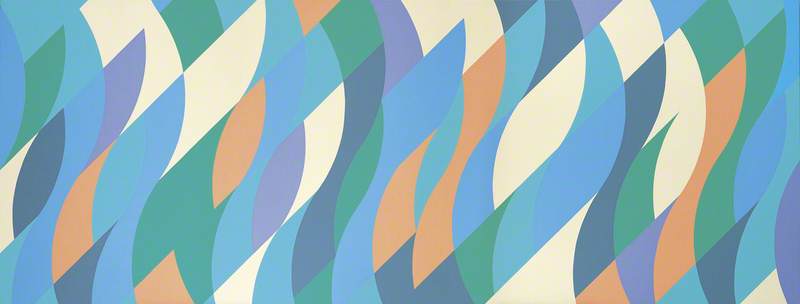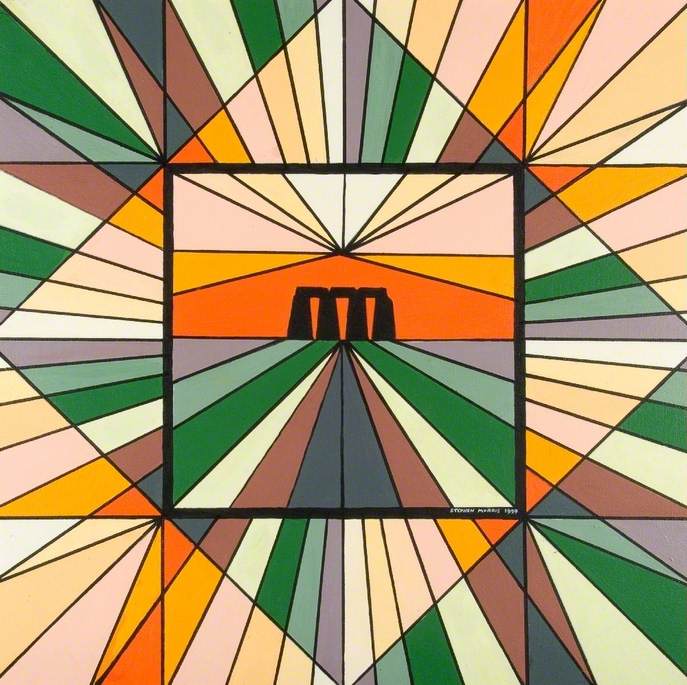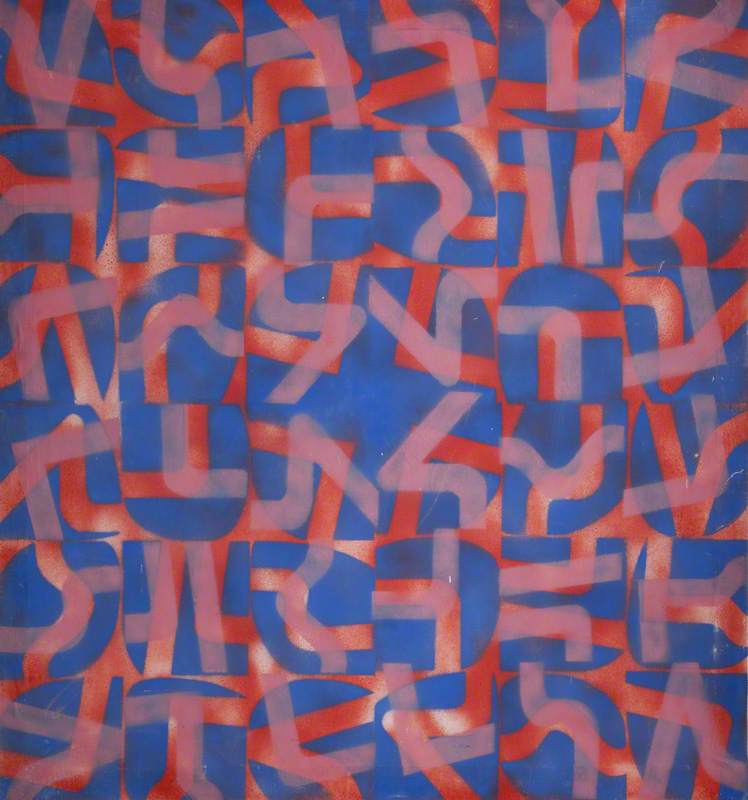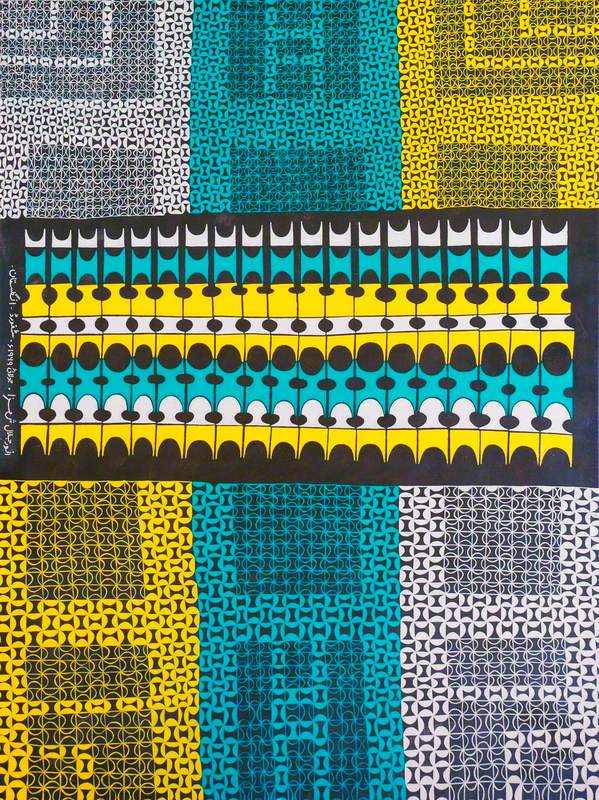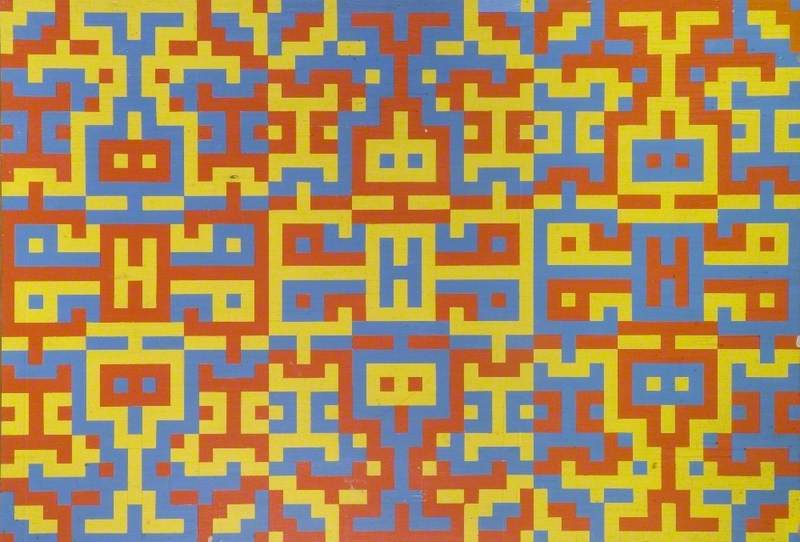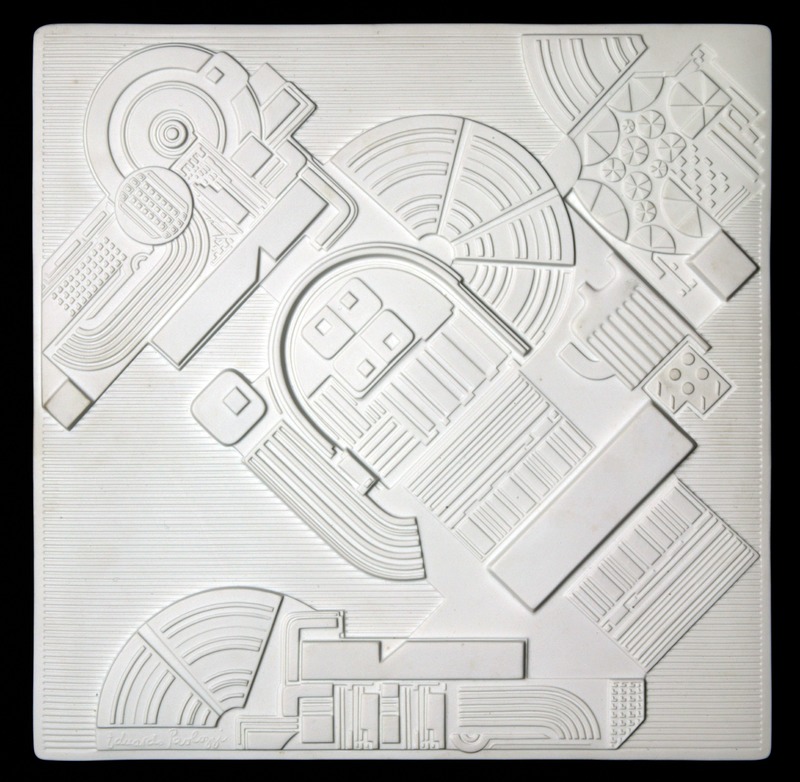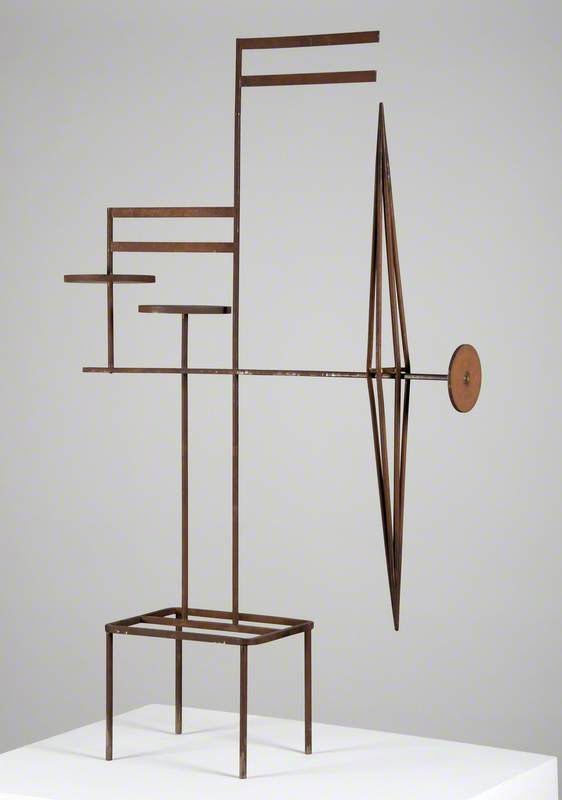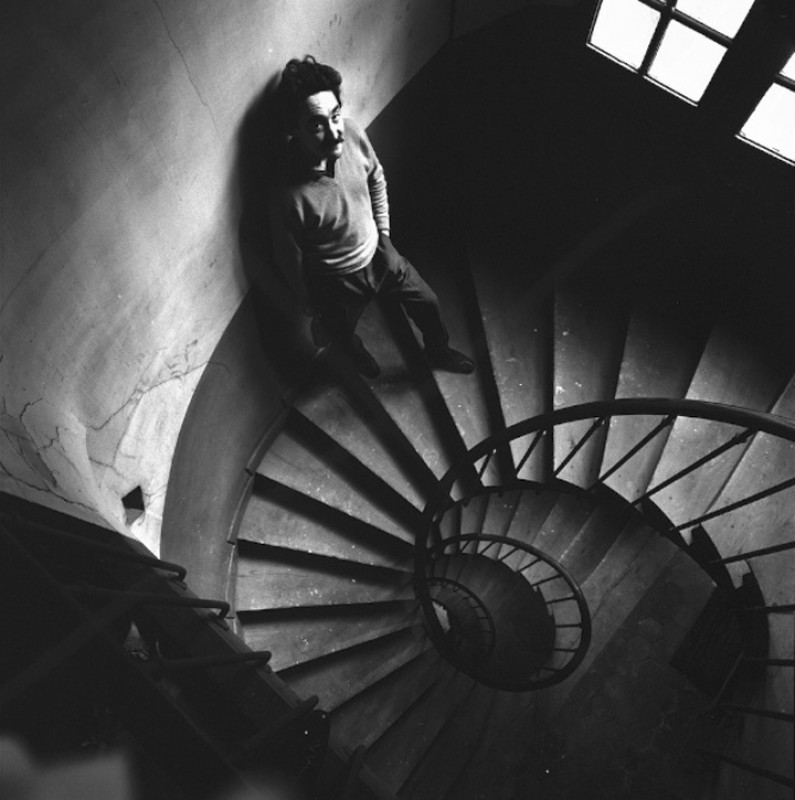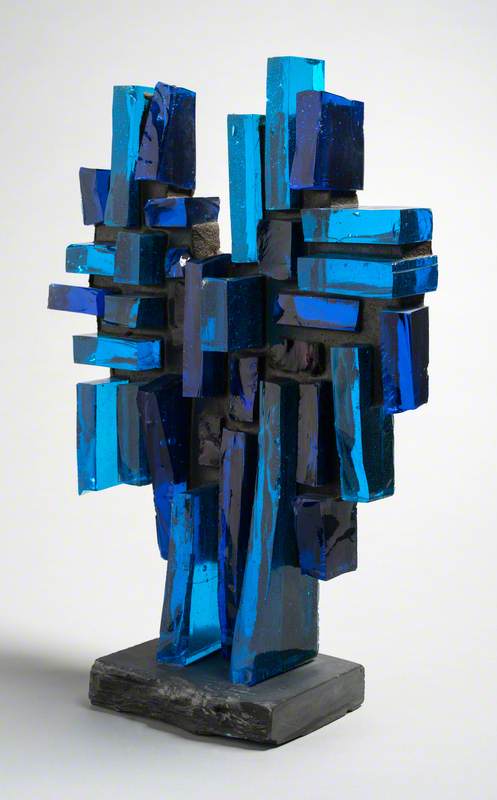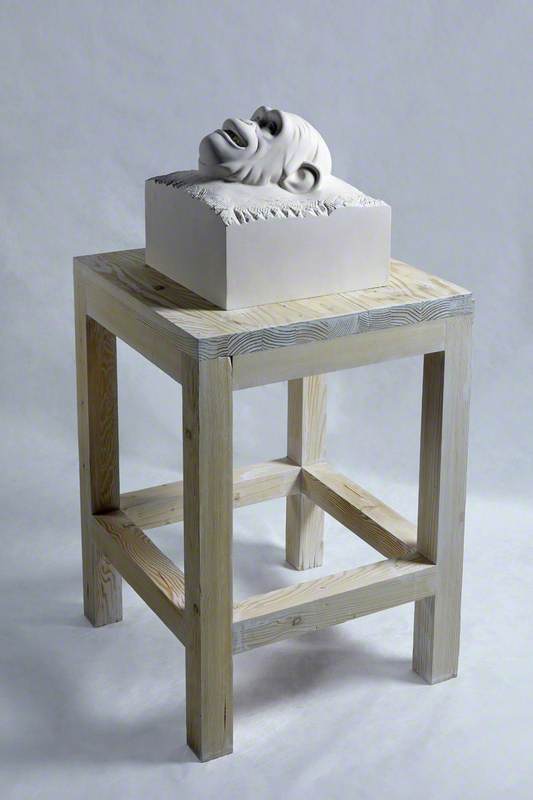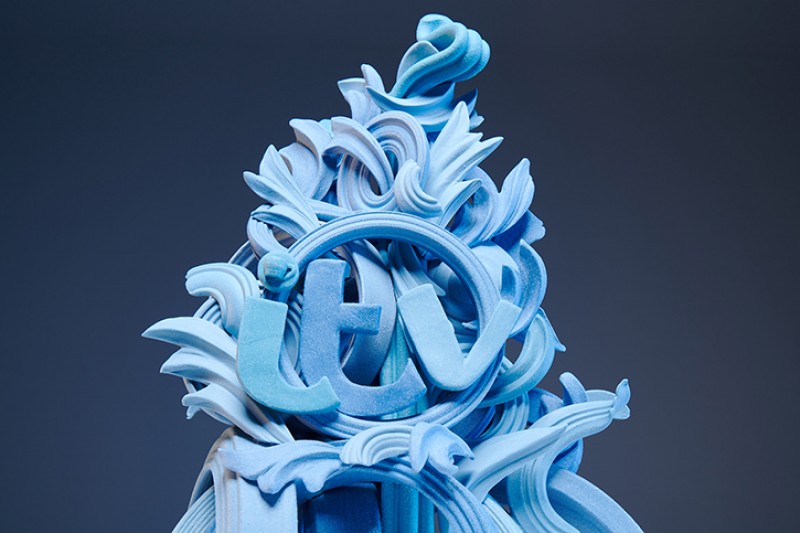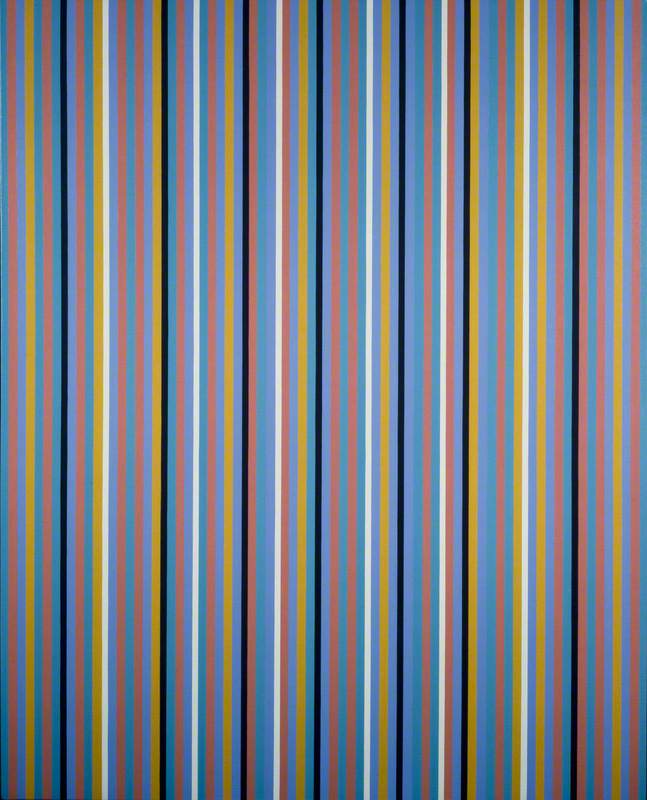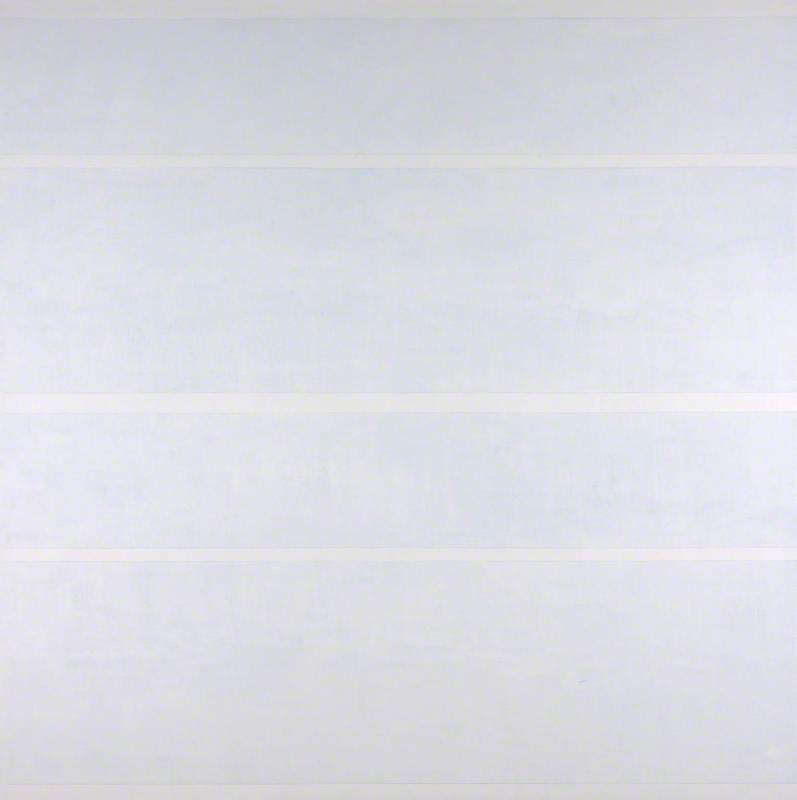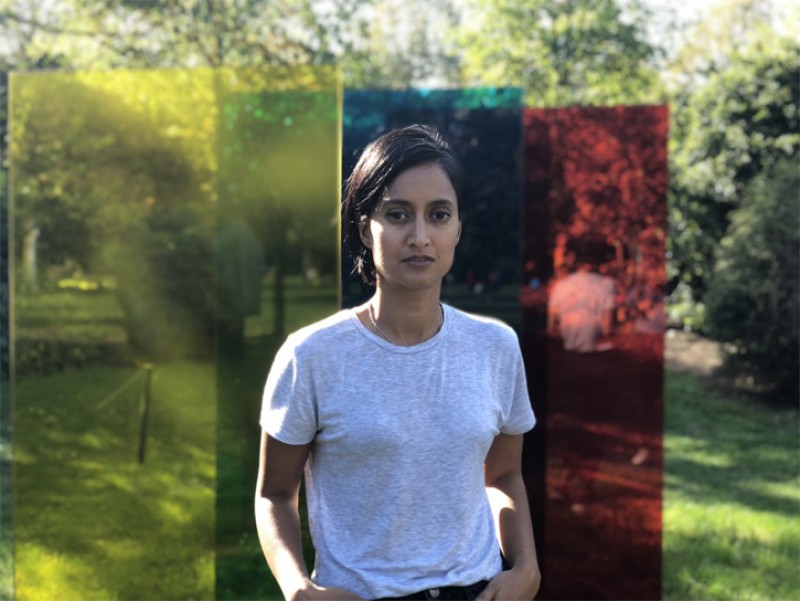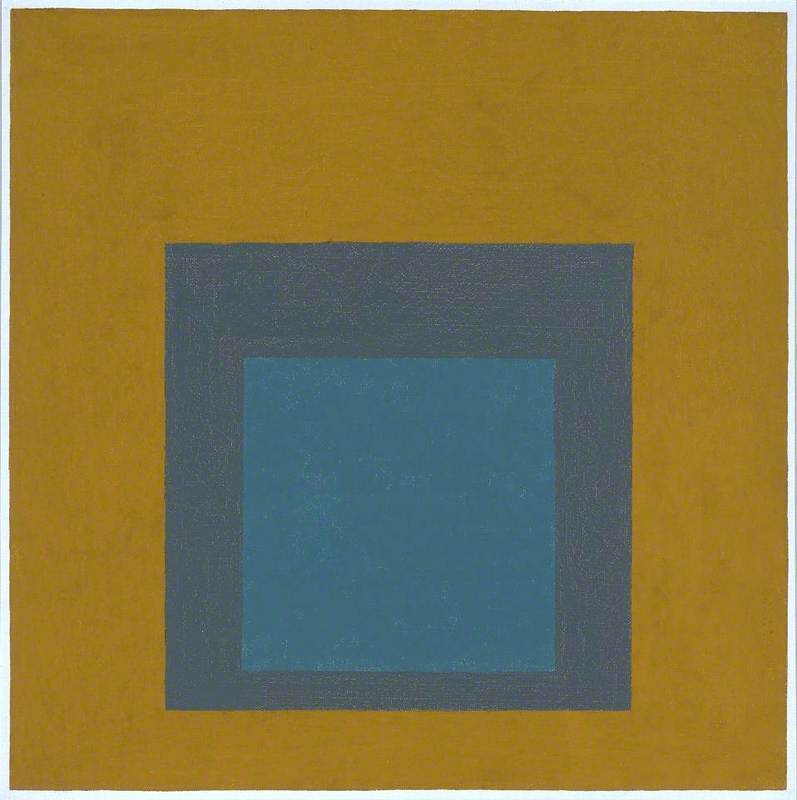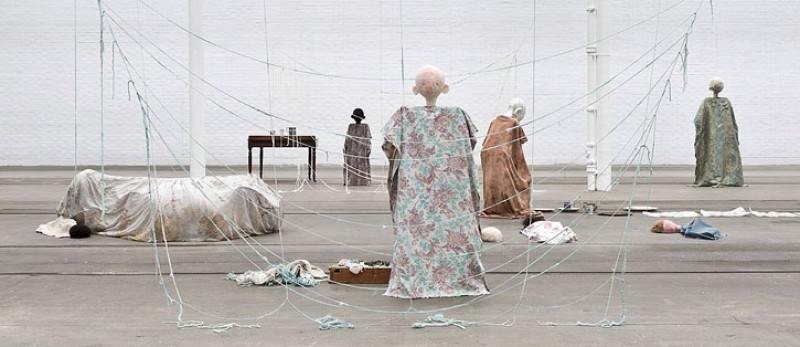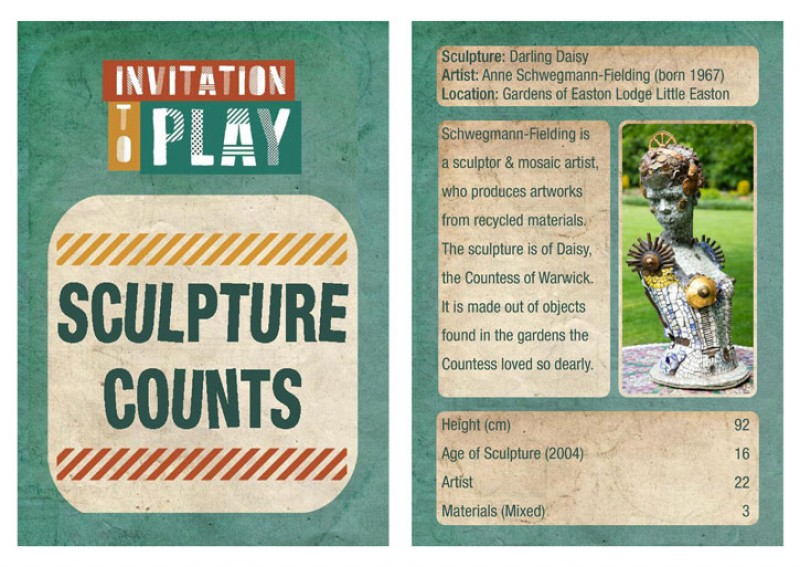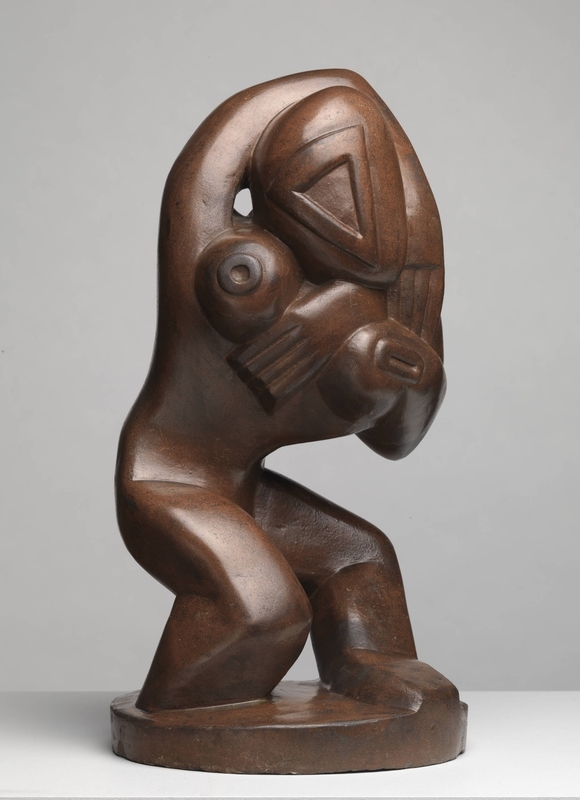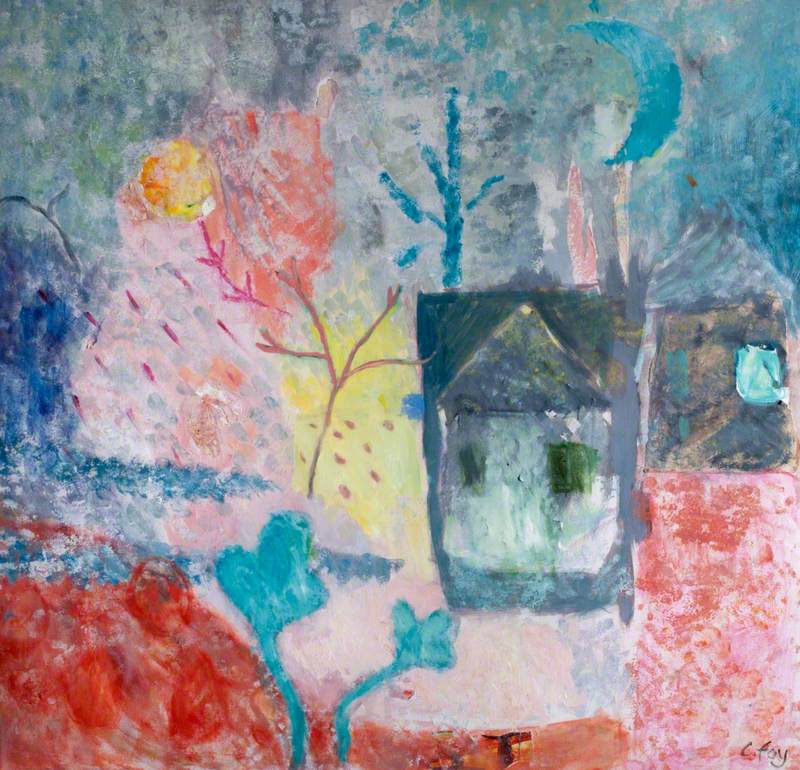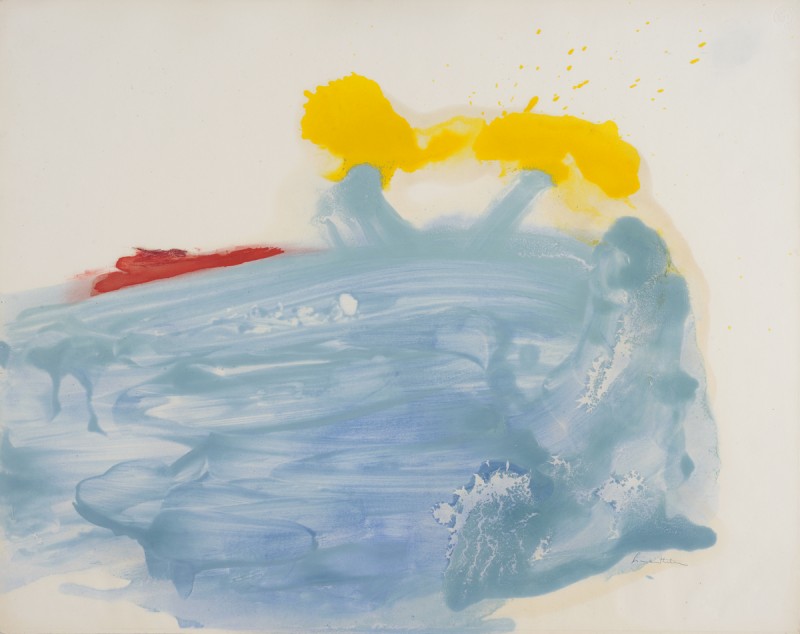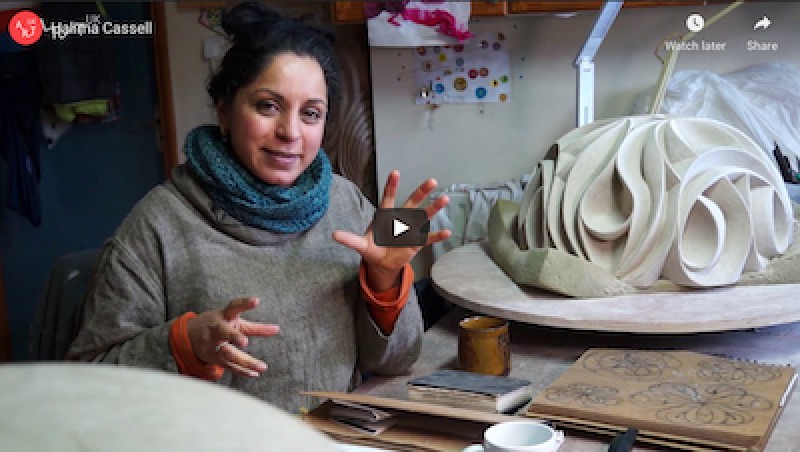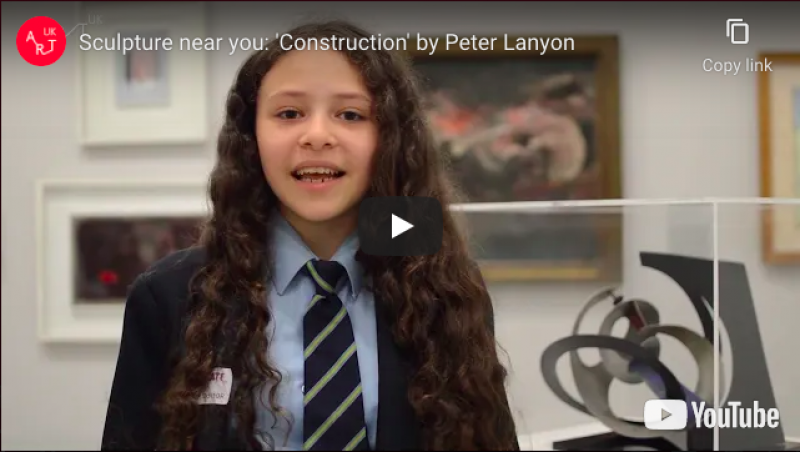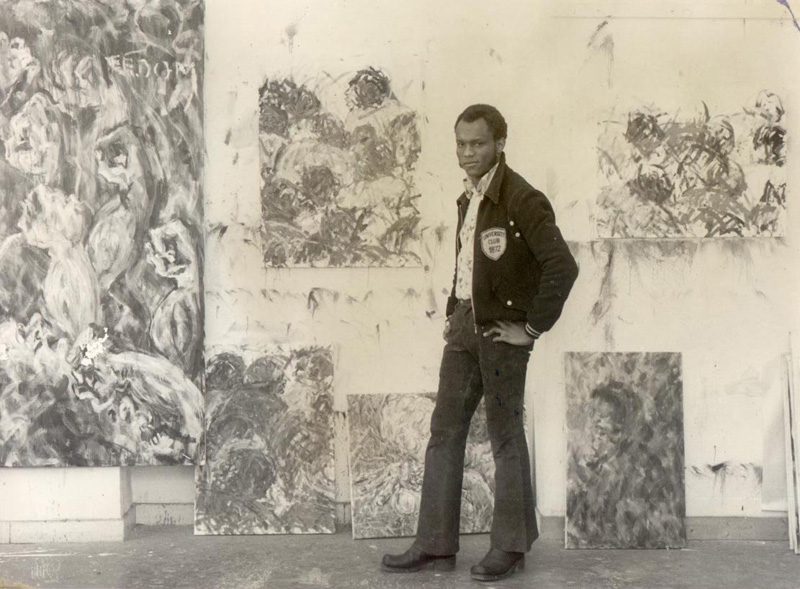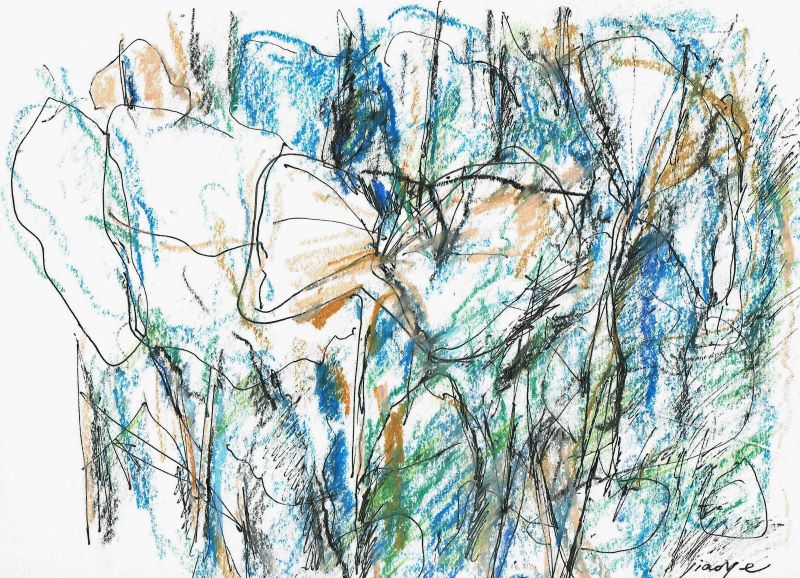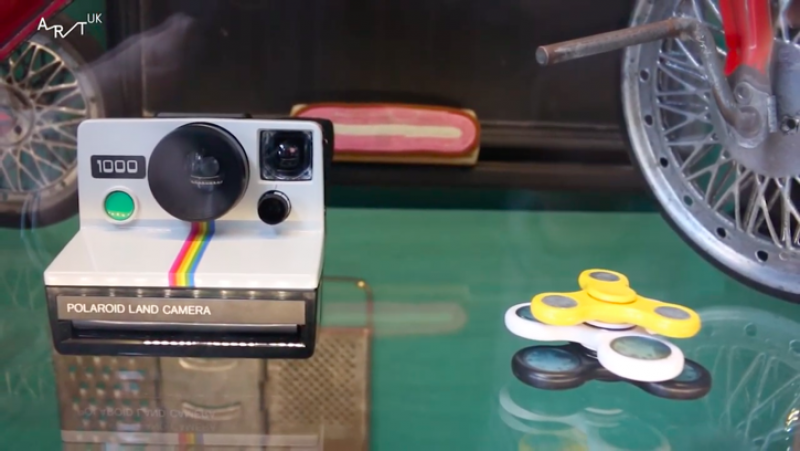Expressive Arts
Exploring the expressive arts is essential to developing artistic skills and knowledge and it enables learners to become curious and creative individuals.
Progression step 4:
I can explore and experiment with my own and others’ creative ideas, demonstrating increasingly complex technical control, innovation, independent thinking and originality to develop my work with confidence, being able to explain my reasons behind choices made and evaluate their effectiveness on my creative work
I can explore creative work, understanding the personal, social, cultural and historical context, including the conventions of the period in which it was created.
I can investigate and understand how meaning is communicated through the ideas of other artists.
Progression step 5:
I can explore and experiment with my own creative ideas and those of others, demonstrating technical control, innovation, independent thinking and originality, showing confidence to take risks and developing resilience in order to overcome creative challenges.
I can investigate and analyse how creative work is used to represent and celebrate personal, social and cultural identities.
Responding and reflecting, both as artist and audience, is a fundamental part of learning in the expressive arts.
Progression step 4:
I can effectively evaluate my own creative work and that of others showing increasing confidence to recognise and articulate strengths, and to demonstrate resilience and determination to improve.
I can apply knowledge and understanding of context when evaluating my own creative work and creative work by other people and from other places and times.
I can evaluate the effectiveness of a wide range of artistic techniques in producing meaning.
Progression step 5:
I can critically and thoughtfully respond to and analyse the opinion and creative influences of others in order to independently shape and develop my own creative work.
I can critically evaluate the way artists use discipline-specific skills and techniques to create and communicate ideas.
Creating combines skills and knowledge, drawing on the senses, inspiration and imagination.
Progression step 4:
I can use my experimentation and investigation to manipulate creative work with purpose and intent when communicating my ideas.
I can apply specialised technical skills in my creative work.
I can purposefully use my design skills and apply a range of solutions to clarify and refine final creative ideas.
I can draw upon my experiences and knowledge to inform and develop strategies to overcome creative challenges with imagination and resilience.
Progression step 5:
I can synthesise and apply experience, knowledge and understanding with sophistication and intent when communicating my ideas.
I can use professionally established, discipline-specific techniques confidently and convincingly in my creative work and work towards industry standards.
I can use effective strategies to take risks with my own creative work and can display resilience to overcome creative challenges.
